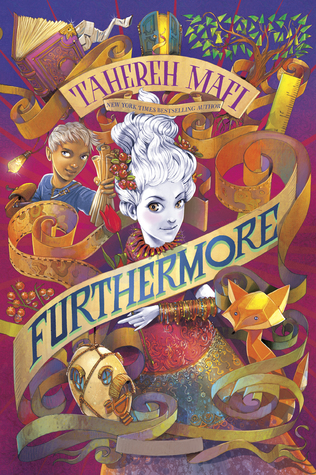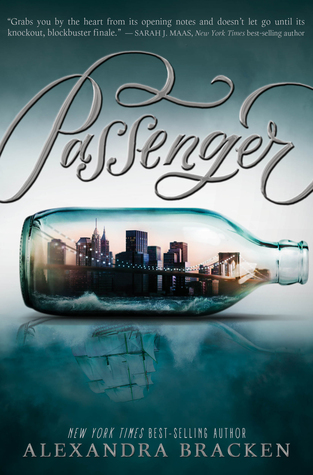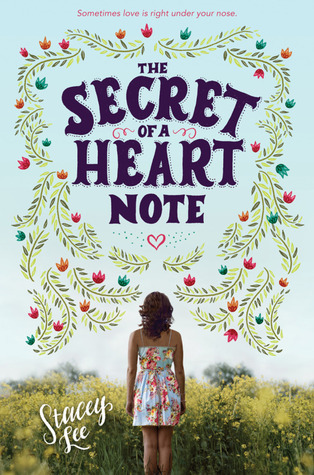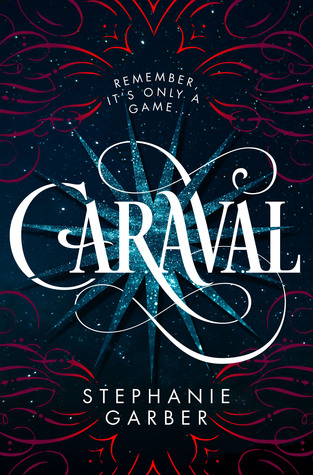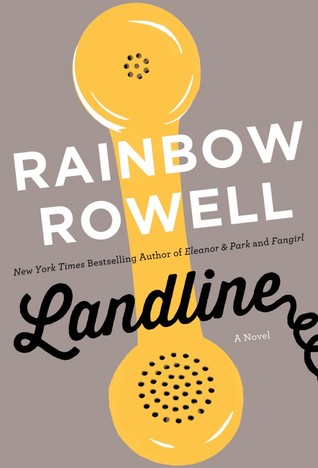
 In this post, I decided to fuse an event recap with Typography Talk since this is my first time meeting an artist who decided to pursue writing a children's picture book. Not only does this artist become an author, but she also illustrated the book she wrote.
In this post, I decided to fuse an event recap with Typography Talk since this is my first time meeting an artist who decided to pursue writing a children's picture book. Not only does this artist become an author, but she also illustrated the book she wrote.Jessica Hische is a lettering artist and author who recently published Tomorrow I’ll Be Brave. She is
an accomplished artist and author who collaborated with companies to help them with their brand identity, advertising, and more. She has worked with Wes Craven, Jeni’s Ice Cream, Tiffany & Co., Mail Chimp, the Oscars, Penguin, etc. Originally from Philadelphia, Jessica has established herself as an artist at a very young age and eventually moved to Brooklyn, New York to start a life with a rigorous work life with 90 hours per week under her belt. She eventually relocated to San Francisco for a slower paced life working 30 hours a week when she started a family a few years ago.
I was fortunate enough to hear Jessica talk at Massachusetts College of Art and Design. Over 100 people were in attendance for her lecture and book signing. Unfortunately, I missed the first ten or so minutes of the talk but she is a very engaging presenter. Not only are her slides on point but she converses with her audience like they are her friends and family. She laughs with them and is able to talk about herself very easily like she knows her audience for a very long time. It was interesting to hear her speak about her life chronologically and to hear about the creative artist process. The audience got to see and hear about some of her work with well known clients as well as her own pieces that she worked on over the years of her career.
I minored in graphic design and dabbled with typography occasionally. However, my major was in communications with a concentration in advertising. I found the lecture gravitated to my liking based on my interests. Jessica described how she doesn't work with other designers, yet she works with marketing and CEOs of companies who may not understand what the artist process looks like. She goes over her creative thinking process to show companies her thinking, broken down into segments, to show them how she envisions every detail. I found her process very intriguing and it's important for marketing and CEOs to understand that artists and designers take a lot of time and effort to hone their craft.
For my bookish readers, you may know of Jessica's work without even knowing it. Jessica illustrated the Penguin Drop Caps series. She created 26 book covers for book classics such as Moby Dick and Pride and Prejudice. This is a series of 26 collectible and gift-worthy hardcover editions showcasing a beautifully foil-stamped illustrated letter of the alphabet that reveals an element of the story for each edition.
One piece of advice that Jessica constantly told herself, "I need to make work that I care about and spend less time worrying about meeting imagined people's expectations."
Yes to this! This can apply to anyone! And I love how she told a room full of artists to make work for themselves and not for others.
Jessica also made an appearance at Trident Booksellers and Cafe later that night to talk about Tomorrow I'll be Brave. Tomorrow I'll be Brave is a book that is uplifting, encouraging, and empowering. It talks about the possibilities that tomorrow can bring and encourages the best kids can be. A child can be curious, confident, brave, creative, and so much more.
You can find more information at the Tomorrow I'll Be Brave website. There is more information about the book as well as a book trailer :).





